The 1880 Silver Dollar value varies significantly based on mint marks and condition. The 1880-CC (Carson City) is most valuable, ranging from $190 for circulated coins to over $35,000 for top-grade uncirculated examples. High-grade specimens have sold for extraordinary prices, with an MS-67 reaching over $300,000. Coins with Philadelphia (no mint mark), “O” (New Orleans), and “S” (San Francisco) marks are generally less valuable. Key value factors include grade level, with MS-65 specimens worth over $1,300, and special features like GSA holders or die varieties such as “Reverse of 1879” which sold for $52,800. The 1880-CC’s low mintage of 591,000 makes it particularly rare and sought-after by collectors.
The 1880 Morgan silver dollar represents one of the most fascinating chapters in American numismatics, with prices spanning from modest double-digit figures to jaw-dropping six-figure auction records. Whether you’ve inherited a collection or stumbled upon one in an old drawer, understanding the precise value drivers of these 143-year-old coins can mean the difference between accepting $30 or discovering you’re holding a $50,000 treasure. This comprehensive guide breaks down exactly what your 1880 Morgan dollar is worth based on mint mark, grade, and rare error varieties.
Understanding the Four 1880 Morgan Dollar Varieties
The United States Mint produced Morgan silver dollars at four different facilities in 1880, each leaving its distinctive mark on American coinage history. The Philadelphia Mint struck the highest quantity with 12,601,000 coins bearing no mint mark on the reverse. The New Orleans facility, marked with an “O” below the eagle, produced 5,305,000 pieces. San Francisco’s “S” mint mark appeared on 8,900,000 dollars that year. However, the Carson City Mint, identified by the coveted “CC” designation, struck only 591,000 pieces—making it the lowest mintage and most sought-after variety among collectors.
Each mint mark appears on the reverse side directly below the eagle’s tail feathers. Philadelphia coins show no marking in this location, while the other three mints clearly stamped their respective letters. The mint mark location remains consistent across all 1880 Morgan dollars, but the rarity and survival rates vary dramatically between facilities.
Carson City 1880-CC: The Premium Variety
The 1880-CC Morgan dollar commands the highest premiums across all grade levels. In circulated condition, expect values starting at $190 for Good-4 grade, climbing to $275 for Very Fine-20, and reaching $425-$600 for Extremely Fine-45 specimens according to Heritage Auctions 2023 data. The real excitement begins with uncirculated examples.
Mint State coins start at approximately $650 for MS-60, jump to $850 for MS-63, and reach $1,350 for MS-64 grade. The MS-65 level commands $2,400-$3,200, while gem MS-66 examples trade between $7,500-$12,000. The population dramatically thins at these upper grades—PCGS has certified only 892 coins at MS-65 and just 127 at MS-66 as of their latest census.
1880-CC Value Table:
| Grade | Price Range |
|---|---|
| Good-4 | $190-$210 |
| Fine-12 | $225-$245 |
| VF-20 | $260-$290 |
| EF-45 | $425-$600 |
| MS-60 | $650-$725 |
| MS-63 | $850-$975 |
| MS-64 | $1,350-$1,650 |
| MS-65 | $2,400-$3,200 |
| MS-66 | $7,500-$12,000 |
| MS-67 | $35,000-$75,000 |
The MS-67 level enters rarefied territory with prices starting at $35,000 and climbing beyond $75,000 for premium quality examples. A single MS-68 specimen sold through Stack’s Bowers in April 2012 realized $47,000, while an exceptional MS-67+ Deep Mirror Prooflike brought $329,000 at auction—demonstrating how eye appeal and special designations multiply values exponentially.
The GSA Holder Premium Phenomenon
Between 1972 and 1980, the General Services Administration sold nearly 3 million Carson City Morgan dollars discovered in Treasury vaults during the 1960s. The 1880-CC represented a significant portion of this hoard, with approximately 131,529 pieces distributed in distinctive black GSA hard plastic holders bearing official government packaging.
Coins remaining in original GSA holders typically command 15-25 percent premiums over raw or standard certified examples. An MS-63 1880-CC in a GSA holder sells for $1,050-$1,150 compared to $850-$975 for the same grade in a regular PCGS or NGC holder. This premium reflects both the guaranteed authenticity and the historical provenance of government-issued packaging. Collectors should verify the GSA holder includes the original box and certificate of authenticity to maximize value—complete sets command the highest premiums.
Philadelphia, New Orleans, and San Francisco Values
The 1880 Philadelphia Morgan dollar (no mint mark) remains the most affordable entry point for collectors. Circulated examples trade for $28-$32 in Very Fine condition and $38-$45 for Extremely Fine grades. Uncirculated MS-63 specimens sell for $65-$85, while MS-65 examples reach $425-$650. The population density remains high—PCGS has graded over 47,000 pieces at MS-65 alone, limiting scarcity premiums.
The 1880-O New Orleans dollar occupies middle ground for values. Very Fine examples bring $32-$38, Extremely Fine $42-$52, and MS-63 uncirculated coins $68-$92. The MS-65 level commands $850-$1,350, significantly higher than Philadelphia but well below Carson City. However, exceptional MS-66 examples can reach $3,500-$5,500, with MS-67 specimens breaking $15,000 at auction.
San Francisco’s 1880-S dollar shows similar patterns to New Orleans in lower grades but demonstrates stronger performance in premium mint state. MS-65 examples trade for $725-$1,150, while MS-66 coins reach $2,200-$3,800. An MS-67 sold through Heritage Auctions in 2023 brought $19,200, and the single finest-known MS-68 specimen realized $126,500 in 2014—proving that condition rarity drives values even among higher-mintage issues.
Critical Error Varieties and Die Variations
The 1880-CC “Reverse of 1879” stands as the most valuable regular die variety. This technical distinction involves the shape and placement of lettering on the reverse die, specifically featuring a flat-topped “3” in the denomination and different letter positioning. Stack’s Bowers sold an MS-65 example for $52,800 in their March 2023 auction, while MS-64 specimens trade for $8,500-$12,000—representing a 600-800 percent premium over standard 1880-CC dollars in the same grades.
The 1880-O “8 Over 7” overdate variety shows remnants of an 1879 die repunched to create an 1880 date. In MS-63 condition, these command $1,850-$2,400 compared to $68-$92 for regular 1880-O dollars. MS-65 examples reach $8,500-$11,500, with the variety’s scarcity driving consistent collector demand.
Additional collectible varieties include the 1880-S “8 Over 7” (MS-65: $3,200-$4,800), the 1880-CC “8 Over High 7” (MS-64: $4,500-$6,200), and several doubled die obverse varieties across all mint marks. The 1880 Philadelphia “Doubled Eye” variety, showing strong doubling in Liberty’s eye area, brings modest premiums of 25-40 percent in mint state grades.
Authentic error coins include off-center strikes (10 percent off-center MS-63: $850-$1,200), struck-through errors showing fabric or grease impressions (MS-64: $650-$925), and lamination errors where the planchet metal separated in layers (AU-58: $275-$425). Die breaks, cracks, and cuds add 15-50 percent premiums depending on size and location, with dramatic examples affecting Liberty’s face or the eagle commanding the highest interest.
Professional Grading and Authentication Essentials
Third-party grading from PCGS or NGC proves essential for maximizing 1880 Morgan dollar values, particularly for Carson City issues and claimed error varieties. The cost of grading ranges from $30-$75 per coin depending on service level and declared value, but a properly certified 1880-CC MS-64 worth $1,500 versus an uncertified example struggling to bring $800 demonstrates clear return on investment.
The grading process evaluates strike quality, surface preservation, luster characteristics, and eye appeal. Morgan dollars receive numeric grades from 1 (barely identifiable) through 70 (perfect). Circulated grades span Good-4 through About Uncirculated-58, while Mint State begins at MS-60 and extends to the theoretical MS-70. Within mint state, the jump from MS-64 to MS-65 typically doubles or triples values due to the Sheldon scale’s logarithmic nature.
Special designations add significant premiums. Deep Mirror Prooflike (DMPL) 1880-CC dollars show coin dies so perfectly polished they created mirror surfaces—an MS-65 DMPL commands $12,000-$18,000 versus $2,400-$3,200 for standard MS-65. Prooflike (PL) designations bring 40-80 percent premiums, while Star (★) designations for exceptional eye appeal add 15-30 percent. The CAC (Certified Acceptance Corporation) green sticker, indicating a coin meets strict quality standards for its grade, increases values 10-25 percent across all levels.
Market Trends and Investment Considerations
The 1880 Morgan dollar market has demonstrated consistent growth over the past two decades, with Carson City mint mark issues leading appreciation rates. An 1880-CC MS-65 that sold for $850 in 2003 now commands $2,400-$3,200, representing 182-276 percent growth over twenty years. However, the market shows clear bifurcation between common-date Morgans in typical grades and premium mint marks or exceptional quality examples.
Registry set competition drives demand for high-grade 1880-CC dollars, as serious collectors compete for finest-known examples and complete Carson City collections. This competitive dynamic supports prices for MS-66 and finer coins, where population scarcity meets concentrated demand. Conversely, common-date 1880 Philadelphia and New Orleans dollars in MS-63 to MS-64 grades face abundant supply, limiting price appreciation to tracking silver bullion values plus modest numismatic premiums.
Current market conditions favor sellers of certified, problem-free examples with original surfaces and attractive toning. Cleaned, damaged, or artificially toned coins suffer 40-70 percent discounts from price guide values. The melt value of silver content ($0.77 troy ounces per Morgan dollar) establishes a floor of $18-$22 based on $24-$28 silver prices, ensuring even common worn examples retain intrinsic worth.
Where to Sell Your 1880 Morgan Dollar for Maximum Value
Professional numismatic auction houses including Heritage Auctions, Stack’s Bowers, and Legend Rare Coin Auctions achieve the highest prices for premium 1880-CC dollars grading MS-65 or finer, and all significant error varieties. Their specialist bidder bases and professional marketing justify 15-20 percent commission rates when selling coins worth $5,000 or more. For mid-range certified coins valued at $500-$5,000, established dealers like APMEX, JM Bullion, and local coin shops typically offer 85-92 percent of retail value with immediate payment.
Online marketplaces like eBay provide direct access to collectors but require sellers to photograph accurately, describe precisely, and price competitively while accepting 12-15 percent total fees between commissions and payment processing. Certified coins consistently outperform raw examples by 35-60 percent in final prices, making professional grading worthwhile before listing valuable specimens.
You may be interested:
- 1859 Indian Head Penny Coin Value Complete Errors List And No Mint Mark Worth Guide For Collectors
- 1911 V Nickel Coin Value Guide Complete Errors List And No Mint Mark Worth Today
- 1902 Dime Coin Value Complete Errors List With O S And No Mint Mark Worth Guide
- 1788 Quarter Coin Value Complete Guide Errors List And D S P Mint Mark Worth Revealed
- 1776 To 1976 Bicentennial Half Dollar Coin Value Complete Errors List And What Your D S And No Mint Mark Coins Are Actually Worth
- 1990 Penny Coin Value Errors List How D S And No Mint Mark Pennies Are Worth Thousands Of Dollars

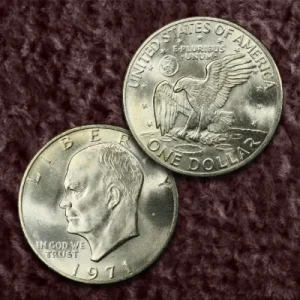
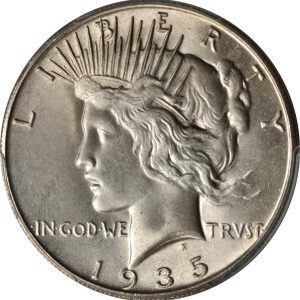
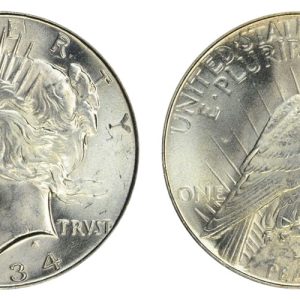
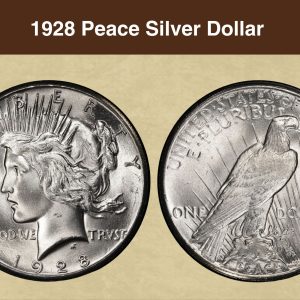
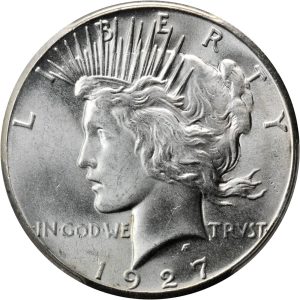
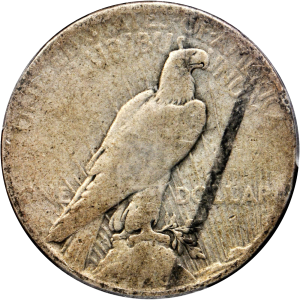
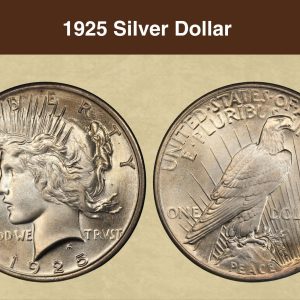
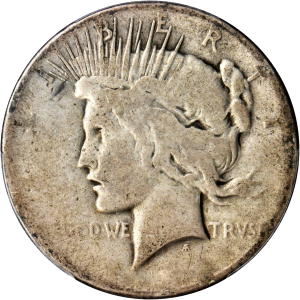
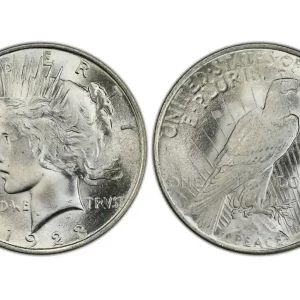
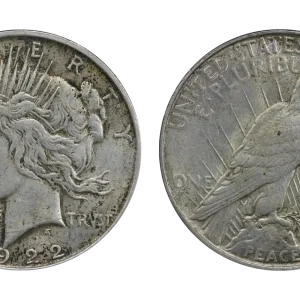
How much is a 1880 cc silver dollar worth?
The value of an 1880-CC Morgan silver dollar varies significantly based on its condition, ranging from about $190 for a worn coin to over $35,000 for a top-grade uncirculated example. Key factors influencing its price include the coin’s grade, with higher grades like MS-65 (Mint State) being worth more than $1,300. The rarity of the 1880-CC due to its low mintage of 591,000 is a major driver of its value, especially for coins in excellent condition.
What makes a 1880 o silver dollar rare?
An 1880 Morgan Silver Dollar is rare primarily due to its mint mark, with the Carson City (CC) and New Orleans (O) versions being significantly rarer than the common Philadelphia (P) issue. Rarity is also determined by the coin’s condition, where high grades (e.g., MS64 and above) of the 1880-O are scarce because most entered circulation, and low-mintage varieties and die errors can also add to a coin’s rarity and value.
What are the different types of 1880 C.C. Morgan dollars?
The 1880-CC Morgan dollar was minted in two varieties: the Reverse of 1878 (PAF), with flat breast and parallel top arrow feather, as shown here, and the Reverse of 1879, (SAF), with slanted top arrow feather.
What is the most valuable CC Morgan silver dollar?
The most valuable “CC” Morgan dollar is the 1889-CC, due to its extremely low survival rate in high grades, making it one of the rarest Morgan dollars overall. While other “CC” dates like the 1885-CC are rare, the 1889-CC is considered the king of Carson City coins, particularly in Mint State.